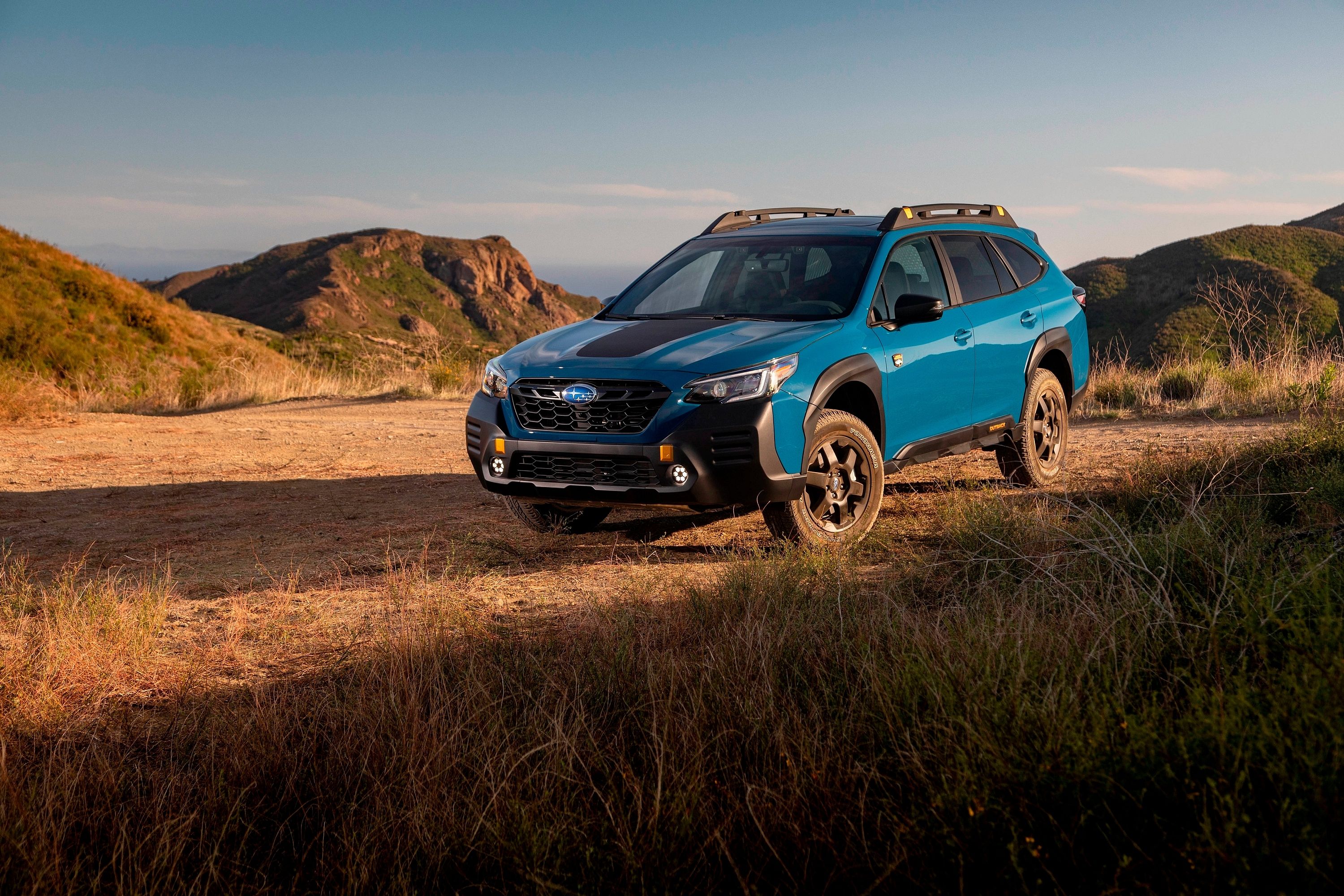
Subaru is currently experiencing a two-year sales decline, a situation that hasn't happened since the mid-1990s. This fall from grace is a direct result of the semiconductor chip shortage crisis. Subaru can't sell inventory it doesn't have. Without those crucial chips, its lineup, led by the best-selling Outback, cannot complete the final assembly in either Japan or in Lafayette, Indiana.
Let's put it like this: the Japanese automaker currently has a backorder figure of 45,000 vehicles. Over 36,000 Subarus were sold in the US for all of October 2021. Dealers only have a five-day supply. Normally, it's 45 days. But normality is long gone in these challenging times.
Automotive News asked Subaru CEO Tomomi Nakamura what's being done to resolve this crisis and how long this recovery might take. "We still have uncertainty in front of us, considering the semiconductors situation," Nakamura said. "So it might be difficult to recover that in December or January. So we are seeing a gradual increase of inventories and gradual recovery of supplies. And that is going to take about a year."
The key to that recovery is acquiring a sufficient supply of chips. The good news on that front is that chip producers have increased their output in recent months and it's expected to continue climbing. But the downside is that Subaru is competing with automakers to get those chips first.
Subaru, one of Japan's smallest automakers, must fight against larger OEMs such as GM, VW Group, and Stellantis. "We're not exactly sure at this point how much supply that we can get," Nakamura admitted.
Next year will be a recovery year for everyone but there's still uncertainty whether "semiconductor suppliers are going to be able to answer to every one of those orders." Fortunately, the pandemic did teach Subaru some valuable lessons, such as how to better manage dealer inventory and sales efficiency, the latter now ranked at the top of the industry. Still, pre-Covid, Subaru had a 2020 sales forecast of 730,000 vehicles. The final figure came to 611,942. This year, it's expected to dip below 600,000.
